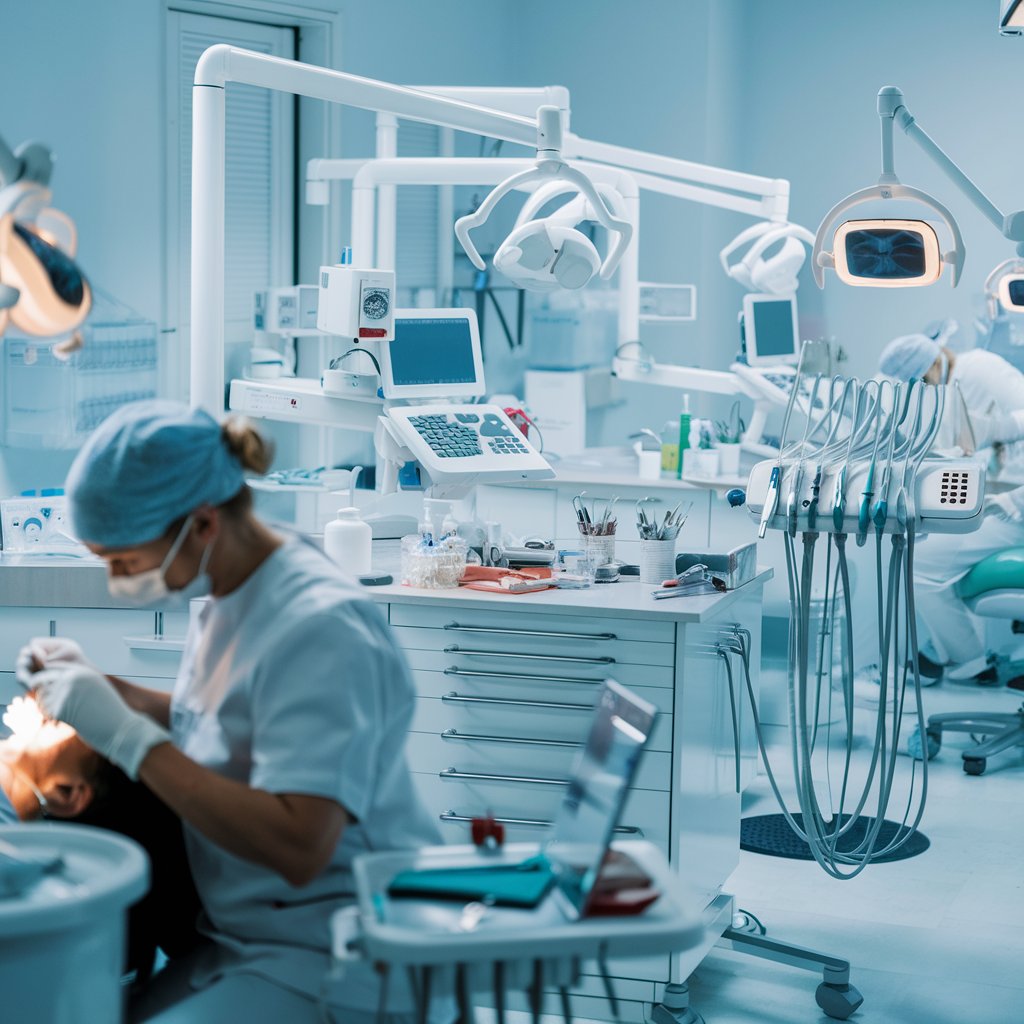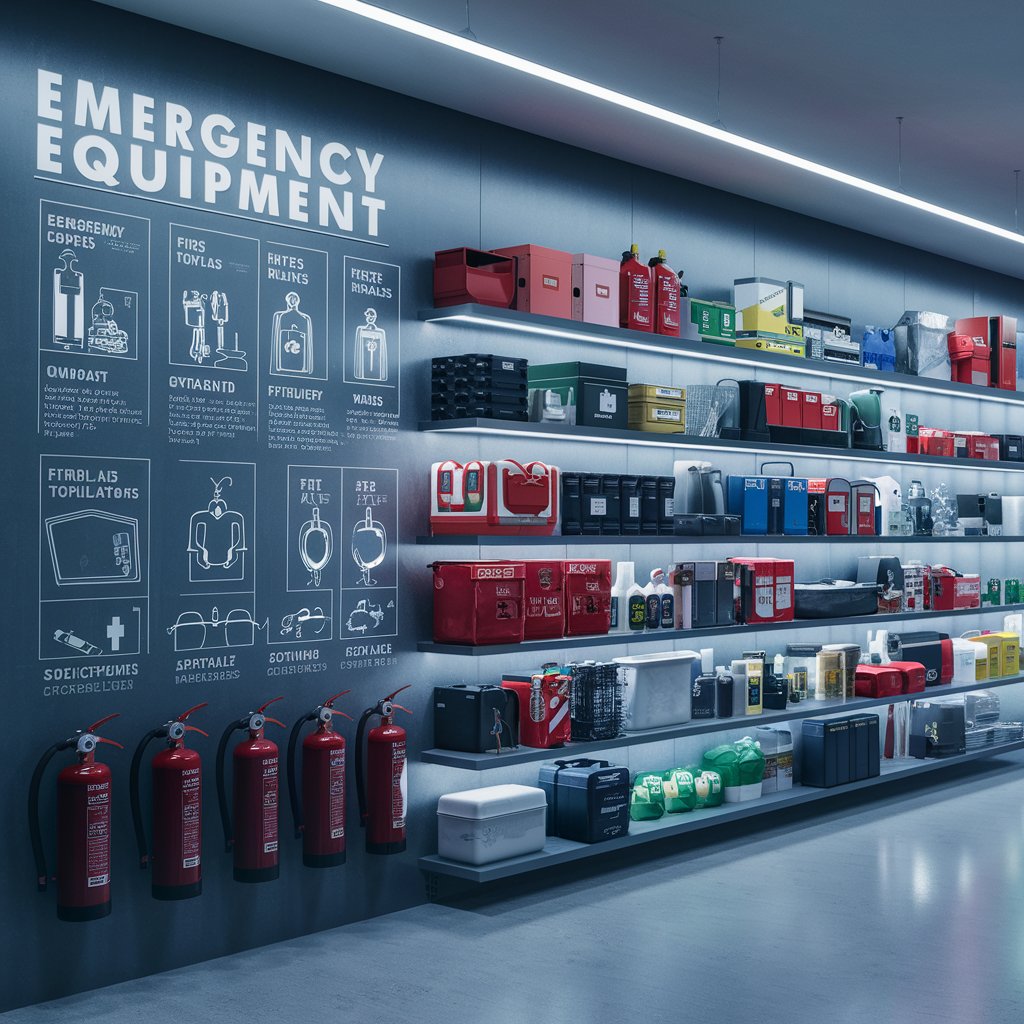In the fast-paced environment of a dental practice, emergencies can arise unexpectedly. From allergic reactions to cardiac events, having the right equipment and protocols in place can mean the difference between a positive outcome and a potential tragedy. Emergency preparedness not only safeguards the health and safety of patients but also instills confidence and trust in your practice.

Understanding the Scope of Emergency Equipment
Emergency equipment encompasses a wide range of tools and supplies designed to address various medical emergencies that may occur within a dental setting. From basic first aid essentials to advanced life support devices, each piece of equipment plays a vital role in ensuring timely intervention and effective management of emergencies.
Basic Emergency Equipment for Dental Practices
In any dental office, certain fundamental emergency equipment should be readily accessible at all times. These include:
- First Aid Kit: A well-stocked first aid kit containing essential supplies such as bandages, gauze, adhesive tape, antiseptic wipes, and gloves is indispensable in addressing minor injuries and managing initial care.
- Automated External Defibrillator (AED): An AED is a life-saving device that delivers an electric shock to restore normal heart rhythm in cases of sudden cardiac arrest. Every dental practice should have an AED on-site, along with staff trained in its use.
- Oxygen Delivery System: A portable oxygen delivery system equipped with a cylinder, regulator, and mask or nasal cannula is crucial for providing supplemental oxygen to patients experiencing respiratory distress or hypoxia.
- Emergency Medications: Basic medications such as epinephrine, diphenhydramine, and nitroglycerin can be lifesaving in emergencies involving severe allergic reactions, anaphylaxis, or angina.
Advanced Emergency Equipment for Dental Practices
In addition to basic essentials, certain advanced emergency equipment may be necessary for practices handling higher-risk procedures or catering to medically compromised patients. These may include:
- Suction Unit: A high-powered suction unit capable of aspirating fluids from the oral cavity is essential for maintaining a clear airway during emergency airway management procedures.
- Pulse Oximeter: A pulse oximeter is a non-invasive device that measures oxygen saturation levels in the blood, providing valuable information about a patient’s respiratory status and overall oxygenation.
- Intraosseous Access Kit: In situations where traditional intravenous access is challenging or impossible, an intraosseous access kit allows for rapid administration of medications and fluids directly into the bone marrow.
- Emergency Drug Kit: A specialized emergency drug kit containing a broader range of medications, including those for pain management, sedation, and cardiovascular support, may be necessary for managing complex medical emergencies effectively.

Training and Preparedness Protocols
Acquiring the necessary emergency equipment is only part of the equation; proper training and preparedness protocols are equally essential. Conducting regular emergency drills, ensuring staff competency in emergency procedures, and maintaining equipment integrity through routine checks and maintenance are critical aspects of emergency preparedness.
FAQs (Frequently Asked Questions)
- What is the role of emergency equipment in a dental practice? Emergency equipment plays a crucial role in addressing medical emergencies that may occur during dental procedures or while patients are on-site. Having the right equipment readily available can mean the difference between life and death in critical situations.
- How often should emergency equipment be checked and maintained? Emergency equipment should be checked regularly, ideally before each clinical session, to ensure that it is functioning correctly and fully stocked. Routine maintenance checks should be conducted according to manufacturer guidelines to maintain equipment integrity.
- Who should be trained in the use of emergency equipment? All dental staff, including dentists, hygienists, assistants, and receptionists, should receive training in basic life support (BLS) and the use of emergency equipment. Additionally, designated staff members should undergo more advanced training, such as advanced cardiac life support (ACLS) or pediatric advanced life support (PALS), depending on the scope of practice.
- What are the legal implications of inadequate emergency preparedness? Failing to maintain adequate emergency preparedness, including the absence of essential emergency equipment or insufficient staff training, can have serious legal consequences. In the event of an adverse outcome resulting from a lack of preparedness, dental practices may face liability claims and regulatory scrutiny.
- Can dental emergencies be prevented entirely? While some dental emergencies are unavoidable, many can be mitigated through proactive measures such as thorough patient assessment, effective communication, and adherence to best practices in infection control and procedural safety.
- Are there specific regulations governing emergency equipment in dental practices? Regulatory requirements regarding emergency equipment may vary depending on jurisdiction and practice setting. Dental practices should familiarize themselves with relevant regulations and guidelines issued by local health authorities and professional organizations.
Conclusion: Prioritizing Safety and Preparedness
In the dynamic environment of a dental practice, emergency preparedness is not an option; it’s a necessity. By investing in the right equipment, implementing comprehensive training programs, and fostering a culture of preparedness, dental professionals can ensure the safety and well-being of their patients while maintaining the highest standards of care.




